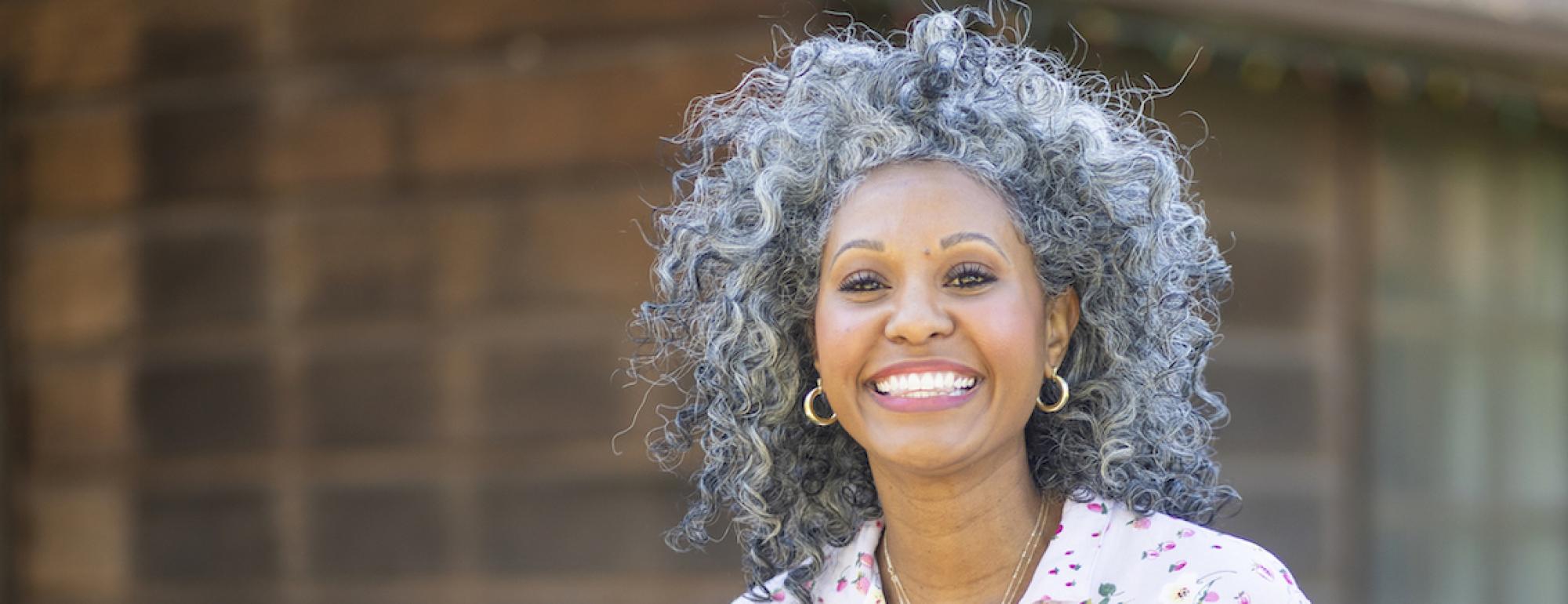Making a decision about Breast Reconstruction
 In most instances, when a woman has chosen a mastectomy or when mastectomy is the recommended surgical treatment, there is also a decision to be made about whether or not to have immediate breast reconstruction.
In most instances, when a woman has chosen a mastectomy or when mastectomy is the recommended surgical treatment, there is also a decision to be made about whether or not to have immediate breast reconstruction.
Five common choices in this situation are: no breast reconstruction, tissue expander followed by implant reconstruction, latissimus flap reconstruction, TRAM flap reconstruction, and DIEP flap reconstruction.
For some women, the choice is clear to either have breast reconstruction or not. For others, this is a difficult decision. If this decision is hard or confusing for you, consider the following decision making strategies:
- Schedule an appointment with a plastic surgeon experienced in breast reconstruction to learn what choices are possible for you.
- Learn about the procedures and look at photographs of people who have experienced the procedures.
- Talk with women who have experienced and recovered from breast reconstruction surgery and ask them questions about their experience.
- Visit the UCSF Ida and Joseph Friend Cancer Resource Center to get information about books, articles and personal accounts.
- Think about whether internet research helps you or makes you more anxious. Use it if it helps. Ask support people to help you if it makes you feel worse.
- Consider using the Decision Services program in the Breast Care Center to help clarify your questions.
- Ask questions of your surgeon and nurse(s) in the Breast Care Center.
- Write down the pros and cons of having or not having breast reconstruction.
- Understand that your options and the timing of surgery may be affected by other treatment (chemotherapy and/or radiation therapy).
Generally, with time and some or all of the above approaches, most women feel that they can make the best decision possible. The decision to have breast reconstruction is a personal choice. Some people choose reconstruction while others choose not to have it. There is no one "best" choice for every woman. Instead, each woman will make the choice that she, in consultation with her doctors and perhaps her loved ones, feels is best.
Choosing Breast Reconstruction
Making this decision requires a good understanding of the available options. The following information about the different choices in breast reconstruction is offered to help you make an informed decision. The breast and plastic surgeons, nurses and physical therapist in the Breast Care Center wrote this information as a brief guide. Hopefully, it will help you in your decision making process. Please feel free to ask your care providers any questions you may have. This is only general information and is NOT designed as a substitute for a thorough discussion of your own story with your caregivers.
- Take the time you need to decide whether you want reconstruction and, if so, what type. The few weeks that you invest in making this decision will be well spent, and will not impact your disease.
- In addition to considering the extent of surgery, it is important to consider the final reconstruction result and long-term effects of the surgery.
- Regardless of the type of breast surgery you have, your breast will not look exactly the same as prior to surgery or on the other side. If you have a mastectomy with reconstruction, it is important not to expect the reconstruction to be perfect. The pictures you will see on our Gallery page will illustrate the range of reconstruction results.
- The flap procedures (TRAM, DIEP and latissmus dorsi flap) user your own tissue to recreate a breast shape. The tissue expander with later implant makes use of an implant to recreate the breast shape.
- Not every surgery can be done for every woman for reasons that may be related to your tumor, medical condition or body shape. Your physicians will help you determine the reconstructive options for which you are a candidate.
- Any of the reconstructive techniques can be done at the time of the mastectomy or later. The most significant differences will be that of multiple surgeries and some compromise of cosmetic result.
- In addition to the information given here, you will need additional information based on your unique situation and medical condition. This will help you to select the best method for you and to understand the risks and benefits of your selected method.
Expectations of Breast Reconstruction Results
The goal of breast reconstruction is to provide the most natural looking and feeling breast possible, with as little discomfort to you as can be managed. In addition, to have a good cosmetic outcome, both breasts should look similar; that is, they should be about the same size and shape. Women have taught us that symmetry (visually matching) is very important to them. The surgeons cannot make a perfect match, but symmetry is the goal. The breast consists of a "breast mound" and the nipple. Both the breast mound and the nipple can be reconstructed, although this is usually done at two separate surgeries. Part of the discussion should include the benefits and risks of changing the size of your other breast to create a better match.
Timing Breast Reconstruction
For many years, it was felt that breast reconstruction should be delayed for some time, usually 6-12 months after the mastectomy. That way, any tumor that returned could be detected. More recent information indicates that breast reconstruction rarely has an effect on finding a tumor that comes back and has no effect on your life expectancy. The reconstructive surgeon can do a better cosmetic job if reconstruction is done at the time of mastectomy, so immediate reconstruction (at the same time) is often recommended. An additional benefit of immediate reconstruction is that it reduces the total number of surgeries needed to complete your breast reconstruction. Therefore, if you are planning to have reconstruction, we advise you to have immediate rather than delayed reconstruction. However, in the unusual cases of medical recommendation or if you feel unable to make any decision regarding reconstruction at the time of your surgery, keep in mind that delayed reconstruction remains an option.
What to expect in the hospital after breast reconstruction surgery
- A sore throat—although you will not have felt it at the time, nor remember it afterwards, you will have had a tube down your throat during the surgery. This can often cause a sore throat for a few days following your surgery.
- Possibly an oxygen tube in your nose.
- An IV to deliver fluids and medicine.
- Plastic sleeves will be placed on your legs during and after surgery. This plastic sleeve fits around the leg and is connected to a machine (a Venodyne Compression device) that mimics normal circulation. It is designed to prevent blood clots and will no longer be necessary when you are up and walking.
- Drains to remove excess fluids from the surgical area.
- Pain medication may be delivered orally, through the IV in your arm, or by an epidural (a thin tube inserted during surgery into the fluid around your spinal cord) depending on your procedure and your pain level.
- You may or may not have a urinary catheter.
- Immediately after surgery, fluids and food will be given to you when you are able to tolerate them.
Preparing for your recovery from breast reconstruction at home
- "Distraction therapies"-- books, magazines, books on tape, DVDs, and CDs
- Telephone by your bed (some women find a portable phone easier)
- Relaxation tapes
- A supportive, non-underwire bra to wear afterwards if approved by your plastic surgeon
- Talk with your doctor or nurse about when you can shower or bathe
- Comfortable button-down or zip-up tops
- Post-operative camisoles are available in the Friend to Friend shop at 1600 Divisadero.
